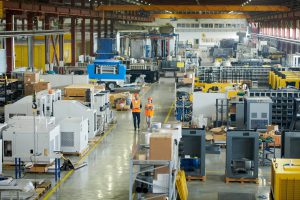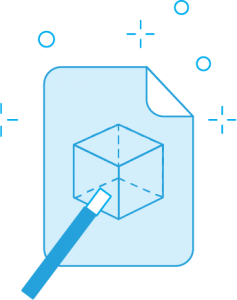Manufacturing can require a lot of machines working 24 hours a day 7 days a week to produce parts. 3D Printing is one of the best technologies used to create custom parts for the machine, quick replacement parts, as well as jigs and fixtures for the assembly line.
When machines stop running, manufacturing businesses are no longer able to function. 3DPX can design and print nylon machine parts in as little as one business day. Our speed allows manufacturers to get machines up and running.



